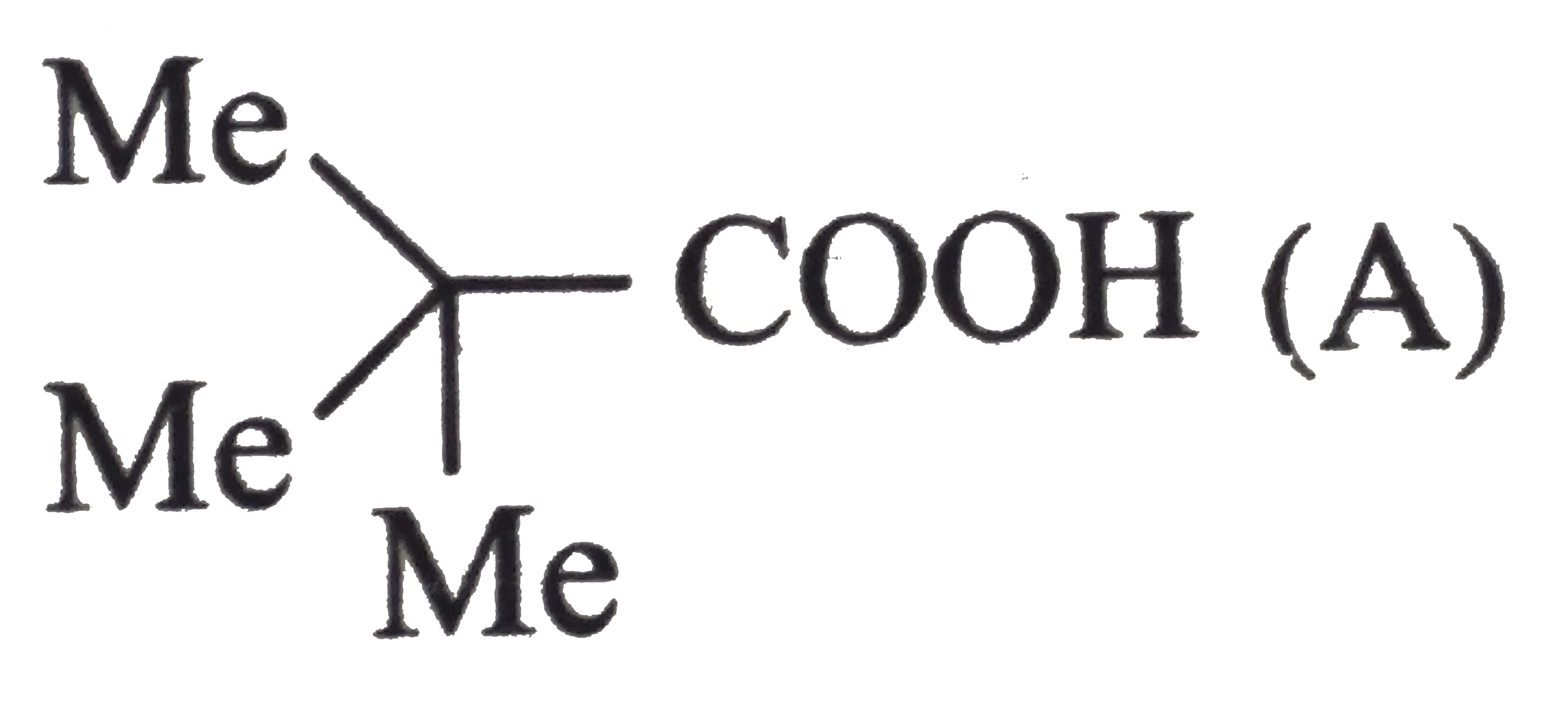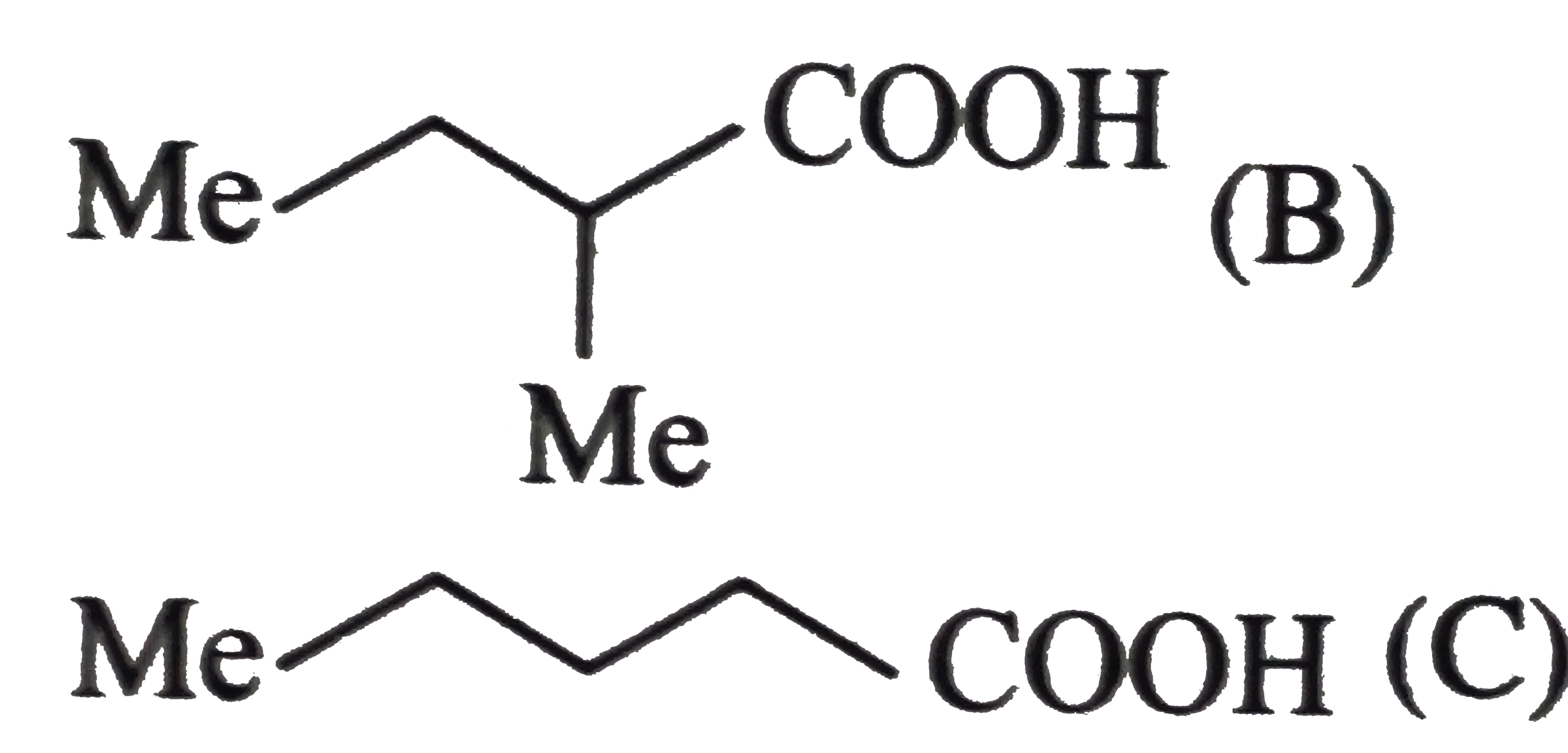Differentiate between the following:
Annuals and perennials
Step-by-Step Solution:
1. Definition of Annuals and Perennials:
- Annuals: These are plants that complete their life cycle in one year. They germinate, grow, flower, produce seeds, and die within a single growing season.
- Perennials: These are plants that live for more than two years. They can grow and bloom over multiple seasons.
2. Life Cycle Duration:
- Annuals: The life cycle lasts for only one year.
- Perennials: The life cycle lasts for more than two years, often several years.
3. Growing Seasons:
- Annuals: They grow and complete their life cycle in a single growing season.
- Perennials: They can grow and bloom in multiple seasons, typically spring and summer, and may continue to do so for several years.
4. Blooming Patterns:
- Annuals: These plants tend to bloom all season long, providing continuous flowers throughout their growing period.
- Perennials: They usually have specific blooming periods, often in spring or summer, and may not bloom continuously.
5. Flower Characteristics:
- Annuals: They often produce bright and abundant flowers, which are present throughout their short life cycle.
- Perennials: They may have fewer flowers compared to annuals, and their flowering can be limited to certain seasons.
Summary of Differences:
- Life Cycle: Annuals (1 year) vs. Perennials (more than 2 years)
- Growing Seasons: Annuals (1 season) vs. Perennials (multiple seasons)
- Blooming Patterns: Annuals (bloom all season) vs. Perennials (specific blooming periods)
- Flower Characteristics: Annuals (bright and abundant flowers) vs. Perennials (fewer flowers)
- Annuals: These are plants that complete their life cycle in one year. They germinate, grow, flower, produce seeds, and die within a single growing season.
- Perennials: These are plants that live for more than two years. They can grow and bloom over multiple seasons.
- Annuals: The life cycle lasts for only one year.
- Perennials: The life cycle lasts for more than two years, often several years.
- Annuals: They grow and complete their life cycle in a single growing season.
- Perennials: They can grow and bloom in multiple seasons, typically spring and summer, and may continue to do so for several years.
- Annuals: These plants tend to bloom all season long, providing continuous flowers throughout their growing period.
- Perennials: They usually have specific blooming periods, often in spring or summer, and may not bloom continuously.
- Annuals: They often produce bright and abundant flowers, which are present throughout their short life cycle.
- Perennials: They may have fewer flowers compared to annuals, and their flowering can be limited to certain seasons.
- Life Cycle: Annuals (1 year) vs. Perennials (more than 2 years)
- Growing Seasons: Annuals (1 season) vs. Perennials (multiple seasons)
- Blooming Patterns: Annuals (bloom all season) vs. Perennials (specific blooming periods)
- Flower Characteristics: Annuals (bright and abundant flowers) vs. Perennials (fewer flowers)
Topper's Solved these Questions
- IMPROVEMENT IN FOOD RESOURCES : PLANTSBook:CENGAGE BIOLOGYChapter:IMPROVEMENT IN FOOD RESOURCES : PLANTSExercise:MANDATORY EXERCISE (Exercise Set II)
Explore 20 Videos
- IMPROVEMENT IN FOOD RESOURCES : PLANTSBook:CENGAGE BIOLOGYChapter:IMPROVEMENT IN FOOD RESOURCES : PLANTSExercise:CONSOLIDATED EXERCISE
Explore 7 Videos
- IMPROVEMENT IN FOOD RESOURCES : PLANTSBook:CENGAGE BIOLOGYChapter:IMPROVEMENT IN FOOD RESOURCES : PLANTSExercise:CHALLENGING EXERCISE
Explore 4 Videos
- HEALTH, HYGIENE, AND DISEASES Book:CENGAGE BIOLOGYChapter:HEALTH, HYGIENE, AND DISEASES Exercise:CHALLENGING EXERCISE
Explore 2 Videos
- TISSUES Book:CENGAGE BIOLOGYChapter:TISSUES Exercise:CHALLENGING EXERCISE
Explore 2 Videos
Similar Questions
Differentiate between the following.
Flora and fauna
View SolutionDifferentiate between the following :
Amylose and Amylopectin
View SolutionDifferentiate between the following acids :
(a)
(b)
View SolutionDifferentiate between the following
Tendons and ligaments.
View SolutionDifferentiate between the following.
Apogamy and apospory
View SolutionDifferentiate between the following.
Prothalius and protonema
View SolutionDifferentiate between the following:
(a) Micronutrients and macronutrients
View SolutionDifferentiate between the following
(a) Exocrine and endocrine gland.
View SolutionDifferentiate between the following.
Endangered and extinct species
View SolutionDifferentiate between the following.
Homospory and heterospory
View Solution